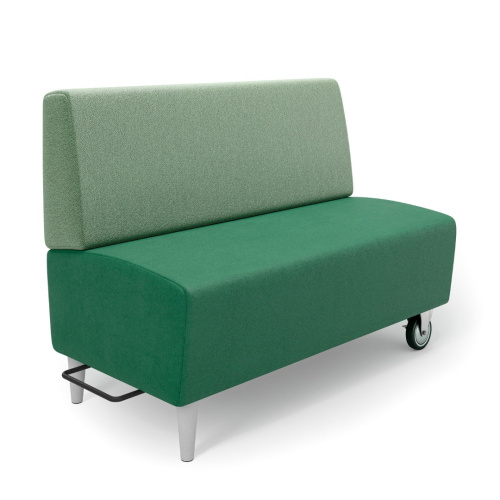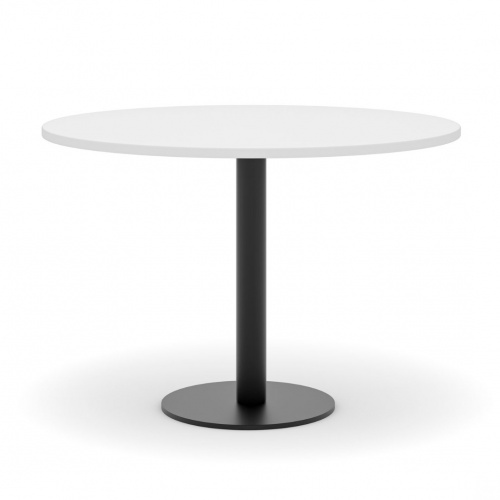In Part 2 of the recent Harvard study, we examine the debate for the open office.
Recently, Harvard Business School released a study reviewing open office design (read the study here). In the aftermath, there has been a flood of articles, both for and against this design style. In this two-part series, we take a look at both sides of the debate and let you decide for yourself.
Defending the Open Office:
The Harvard study, published in July, was a scathing review of open office design. It claimed and quantified that face to face interactions were decreased, online and email interactions increased, and collaboration went down overall. The issue with the Harvard study is it seems to have studied the extreme - an office with no walls and no privacy what so ever. The majority of well-designed offices will take into account an employee’s need to be able to have heads down time as well as spaces for private meetings, and will be planned accordingly. As architect Ashley L. Dunn says in an article on Fast Company, “a thoughtful mix of open and closed spaces is key to any successful office design”.
Well-designed open office plans have been proven to work. "They are a melting pot for ideas, spaces where workers of any department or position can canvas proposals or suggestions without fear of ruffling the corporate feathers. There is a reason progressive companies like Google, Apple, and Facebook already design their offices with shared amenities and group areas – because it has a proven benefit on the entire company." Again, a good design should facilitate conversation. When you start a conversation at the coffee machine (the new water cooler), you should be able to quickly transition to a sit-down meeting without being impeded by having to reserve a conference room or worry about taking up a large space for a small meeting.
There’s also a new study from University of Arizona (results detailed here) that proves that open offices can actually help you be less stressed and more physically active. “The study found that workers in open bench seating arrangements were 32 percent more physically active at the office than those in private offices and 20 percent more active than those in cubicles. Importantly, workers who were more physically active at the office had 14 percent less physiological stress outside of the office compared to those with less physical activity at the office.”
Office design is an ever-changing target, and what we’re learning is no single style works for everyone. What’s becoming more important is recognizing that face and designing accordingly. There will always be a need for closed offices and dedicated workstations, but with telecommuting and hot desking now more common than not, open offices still make sense.
Articles for further reading:
https://www.business.com/articles/in-defense-of-the-open-office-the-case-for-the-hybrid-workplace/
https://propmodo.com/creating-collaborative-culture-through-office-design/
tps://www.fastcompany.com/90218754/in-defense-of-open-offices
https://www.eurekalert.org/pub_releases/2018-08/uoa-yom082018.php






